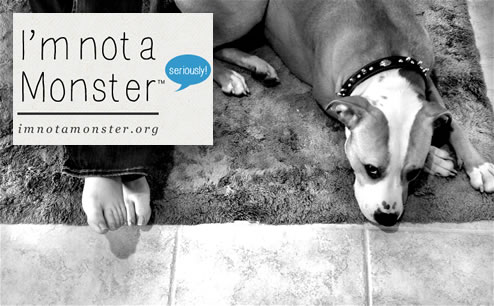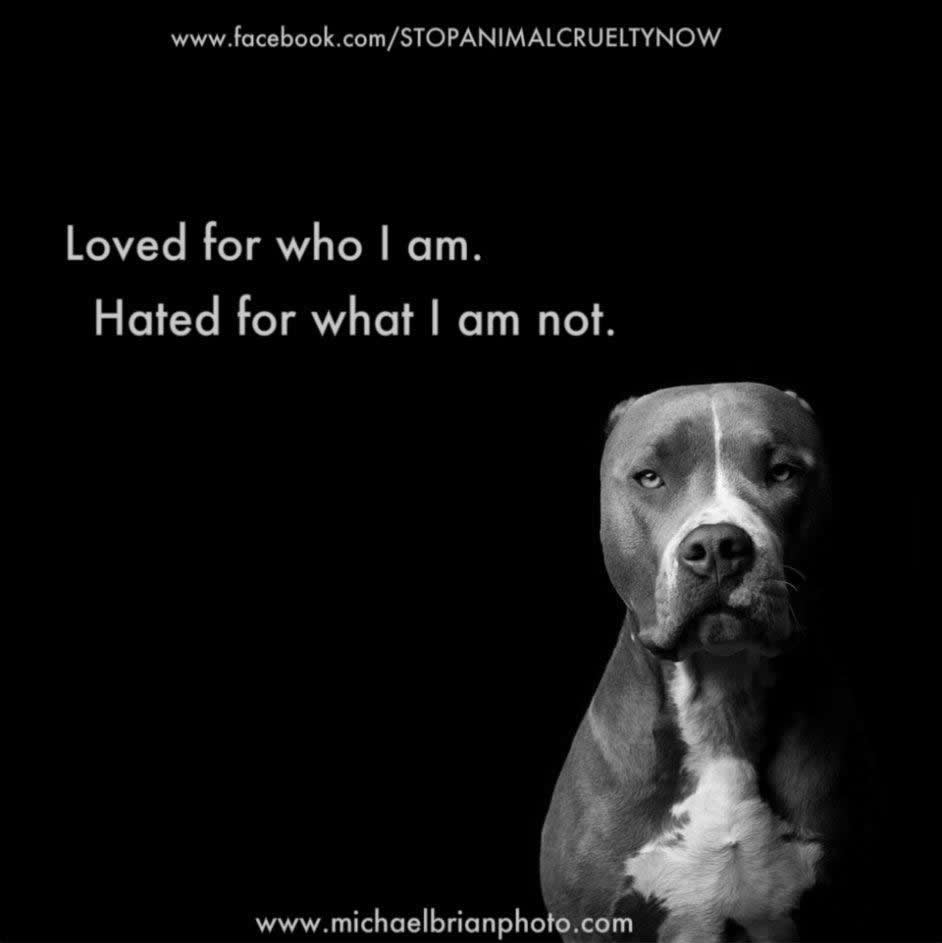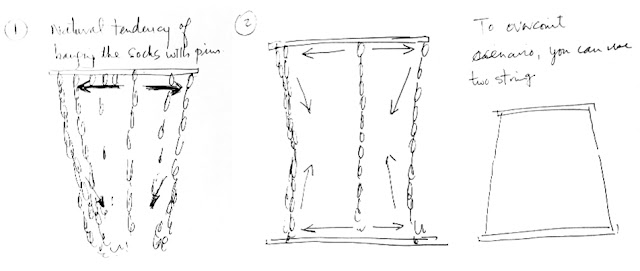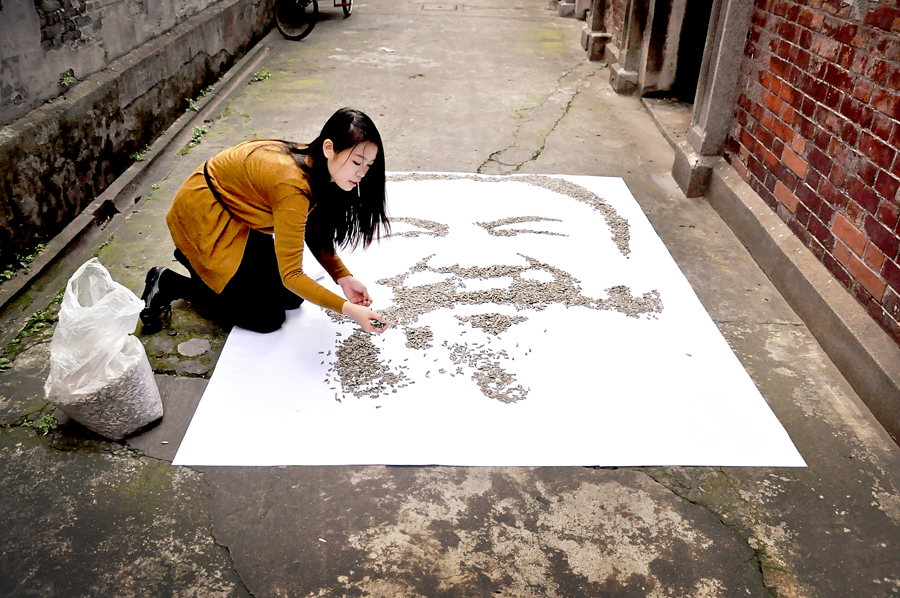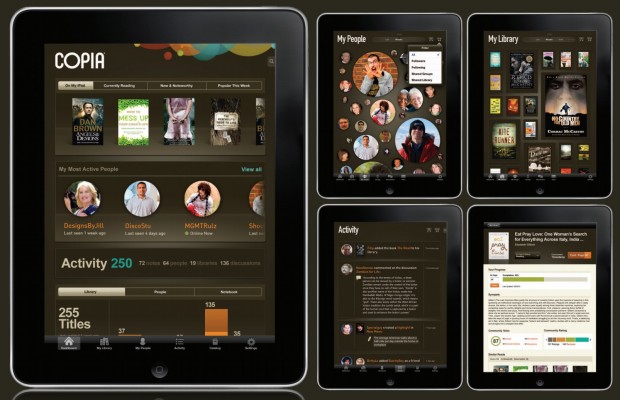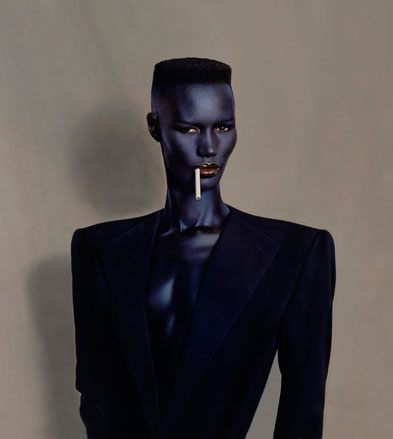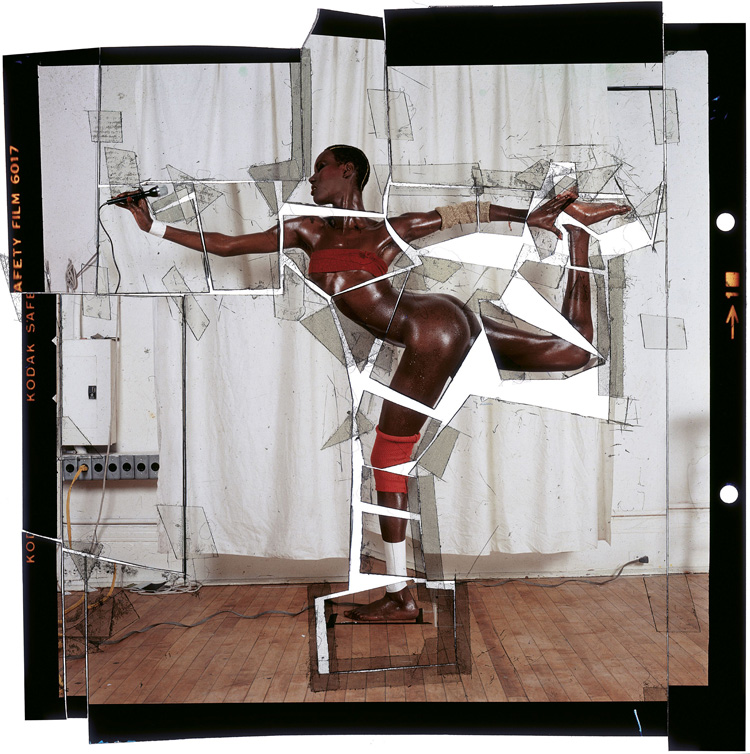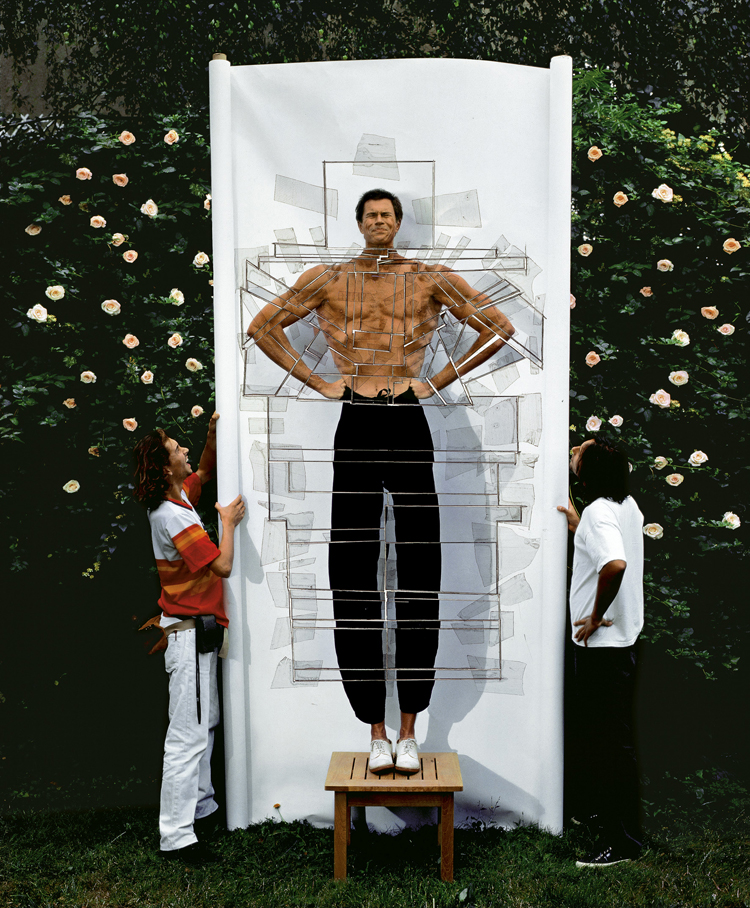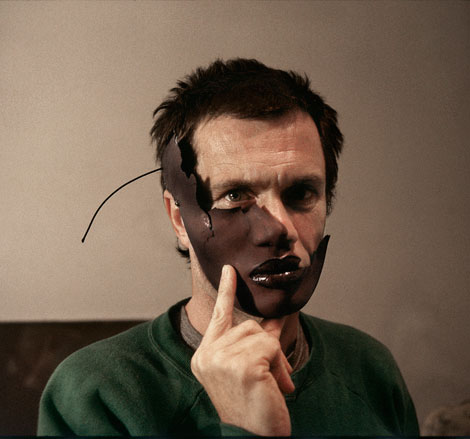Why I Haven’t Been Here Much…
First published in January 2012. Updated on December 2012.
I never thought I’d be one of those “good people” who volunteer every chance they got or build a well in Africa or even buy a Snickers bar from a kid on the subway. Definitely not a do-gooder. But I work hard at every job I’ve had and nobody I’ve worked with ever said I don’t bust my ass every time. When I was asked to produce, I stepped up to the plate and hit. Even with a blog I didn’t mean to create, I stayed late after business hours to write a post every so often because I feel like I have to stick to a schedule (even though I don’t really have a “schedule” schedule). I tried to write a post every week and if I slacked off, it’s every 2 weeks.
So what happened this past six 18 months? Let me start from the beginning.
How this blog got started
When I started this blog, the purpose was to try installing and tinkering with WordPress on a Windows box. (And to show my developers that yes, I still got it!) That’s probably why it is called “Red Pepper Flakes” because I didn’t have much thinking behind it.
As you can see, I didn’t get the URL – some flaky-and-now-defunct cooking site had it. I didn’t bother with a logo – I wanted it to be a bit old school with a touch of web-font-friendliness despite being a “creative” person. Plus, I was sick of making logos for the sake of making logos. I like spicy food and I put red pepper flakes in everything so that kind of worked. I’m also known for my quick witted, sarcastic remarks and oft off-color tones which I fired out of my mouth pretty consistently. So Red Pepper Flakes it is and I started blogging .
I wrote about things I found interesting, from design to technology to art to people. There are no rules (it’s me talking about whatever I feel like talking about), no chest-thumping client work (if it’s something I’m proud of, yes, I will gladly put a disclaimer). I thought it should be educative and enlightening at times – where I share my analysis of certain trends in the industry (I do it at work anyway) and share new trends I find interesting. I also like to share brilliant work from talented people – one of those “I wish I did that/I hate you for being so good” moments – as well as funny amusing things people do.
I started gaining traction with certain group of people – designers mostly, or people who think my Industry Roundup series were useful so they don’t have to do the research themselves. And then I got sidetracked. Hard.
Photo: Emily Zoladz | The Grand Rapids PressSidetracked
If you noticed, I started writing a post every 2 weeks, then a month, then longer. Of course as a partner at a small agency, you do more when the economy is this dreadful. RFPs kept coming in, proposals kept going out, meetings kept getting set up and we kept churning out great award-winning work. Clients get smarter – and pickier – and everything just becomes more time-consuming. But that’s not it either (I can always take the hard work and pressure from the job – piece of cake).
Something happened in July. I went to bed with my mind churning. You might think it’s about the most menial thing but it was about my dog, a rescued pit bull. And I woke up with the idea for “I’m Not a Monster.”
What is I’m Not a Monster? I’m Not A Monster is a place where pet parents of so-called “mean” dog breeds can show how lovely these dogs are and how much they change their pet parents’ lives.
This project started as part of venting my frustration around having a “mean breed” pit bull. Yes, I live with one of those mean, man-eating beasts. Rosco is a rescue. My husband took him off a man who was beating and kicking him in Brooklyn, NY. He was a 10-month old puppy then and was malnourished. We weren’t planning to get a dog but we are dog people and we just can’t let him stay with his previous owner or surrender him to a shelter.
And like I said, I’m not one of those people who volunteer at the shelters. But I spoiled my dog rotten, from feeding him only premium dog food and treats (I’m plugging my client, Wellness Pet Food, here) to letting him take over the couch and bed.
But when family members heard that we got a pit bull, the first reactions were either “you have to get rid of him” or “you have to put him down” accompanied by horror stories of the menacing pit bulls that mauled kids and attacked for no reason. I had a Rottweiler previously (good ol’ Guinness who passed in 2007) and I have gotten the same reaction. People forget that it’s not the breed, it’s the owner. People who breed and train them for protection or fighting are the culprits who made these large, strong breeds the menace of society.
So that’s how I got started. Just as a “cute” idea to shut the idiots up. Before I knew it, it seems to have a life of its own.
The Monster That Occupies My Life
I didn’t think I’d get many stories from people I don’t know. Of course I created a Facebook page and a Twitter account – that’s just something we do when we create a website, right? And I got a couple of stories from people I know (one is a coworker and another a friend’s coworker). So I thought, I should reach out to other pit bull-type dog owner on Facebook. But I didn’t think that people would respond with such enthusiasm.
Before long, I was buried in stories and my Facebook page grew by at least 100 likes a week. What humbled me is the thank you’s I received for every story I published. It’s as if these pet parents (who mostly rescued their dogs from pitiful existence) have been waiting for I’m Not a Monster to come along. But the most eye-opening experience is to learn the horrible facts these “monsters” endured: Dumped, tortured and murdered. Yup. People hate them. The media? They hate them too.
I’ve learned about the overpopulation issue, puppy mills, shelter overcrowding, Breed-Specific Legislation (BSL) to ban pit bull type dogs across the US (well, UK too), tortures, gas chamber mass murders, inhumane heart stick murders, PETA and its lies… The list goes on and on and on… And then I realized I couldn’t just stand on the sideline anymore.
I started using the Facebook page’s reach to educate the public, network animals in need and share rescues needing transports, money, food, media attention…One by one, my nights become hours of story editing, posting news, sharing and networking people to reach out to various shelters across the nation to spare a life.
Yes, a dog’s life.
So I lost sleep night after night for a dog or two. I felt angst going to bed if a dog is not yet taken off the Euthanasia list. I check my Facebook first thing in the morning for updates on these dogs. And yes, I stopped caring so much about which design or trends are cool and worth blogging about. It may be laughable to you, but to me, it’s worth it. And if you’re never on this side, you won’t really get it.
Yup. My life has gone to the dogs!
Meet the first 100 “Monsters” we published in the first 6 months. Watch out. You may fall in love. 🙂
p.s. You may not see me here for a while. I may pop up here and there for air. Or you can drop by I’m Not a Monster. 🙂 As we close the year 2012, we are more than 10,000 strong on Facebook. I also connected with some great people; strong, passionate, determined, kind people. And I thought, wow, this is awesome. To my fellow “Monster” advocates, thank you for being in this journey with me!

